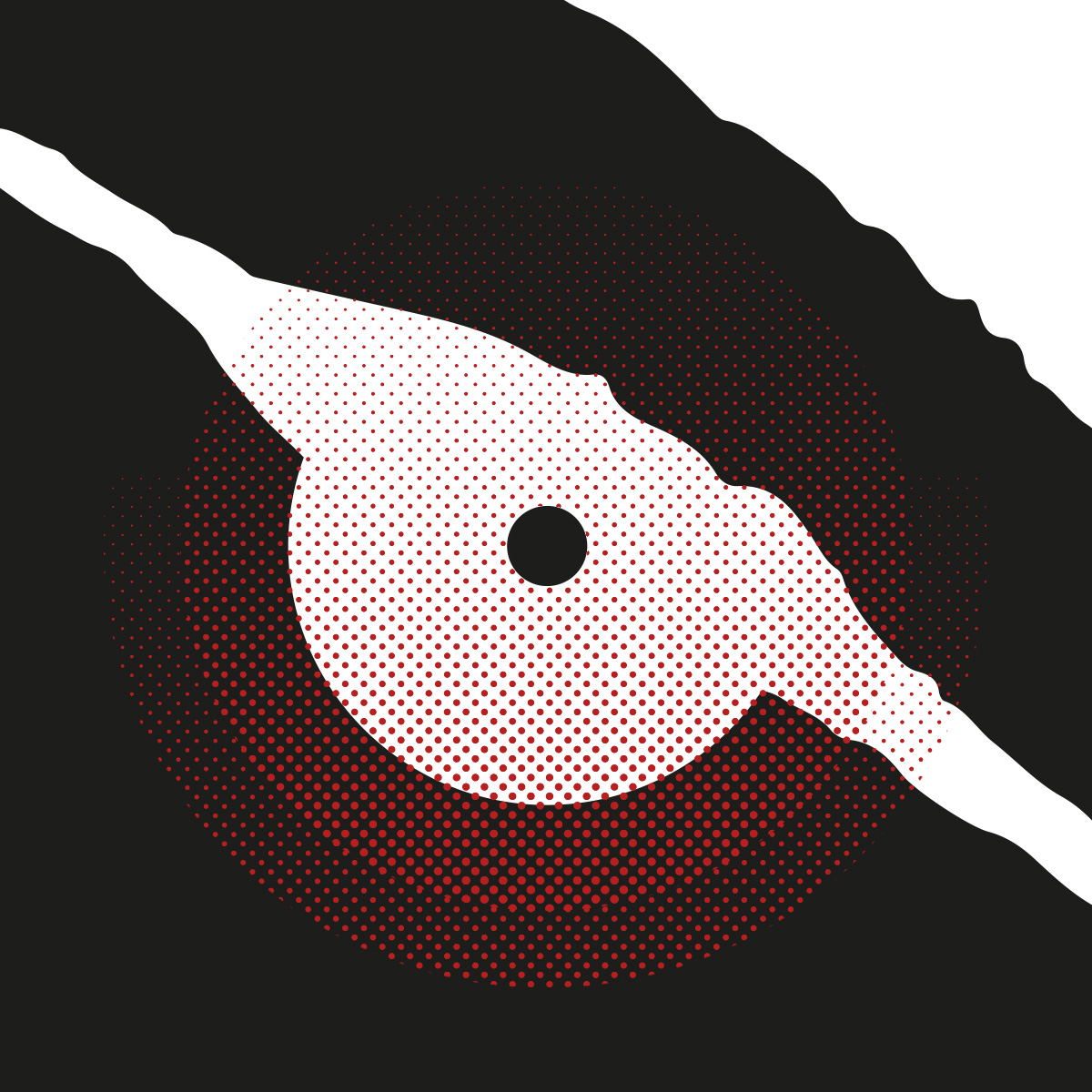
12XU
JOHN SCHOOLEY & WALTER DANIELS - Dead Mall Blues LP
$35.95
Walter Daniels & John Schooley have been shadowy figures in the r’n’r under-ground for 40 years. Daniels was mixing blues w/punk rock as far back as 1992 w/ith ustin combo Jack O’ Fire, alongside the Big Boys' Tim Kerr. Schooley was the architect behind The Revelators, who released one of the finest punk 90s punk blasts on Crypt Records.
Recorded in a few hours over the course of a couple of relaxed Sunday afternoons, the resulting album Dead Mall Blues recalls some of the best white blues albums of the early 1960s. It has the laid-back grace of Backwards Sam Firk’s The True Blues and Gospel, the majesty and creepiness of John Fahey’s Blind Joe Death, the country frolic of the Holy Modal Rounders, and the drive and stomp of Koerner, Ray, and Glover. When Daniels sings a blues song like Blind Willie McTell’s “We Got to Meet Death One Day,” it sounds like a country song. Then, when pounding an old-time country standard like “Cluck Old Hen” the duo makes it sound like a blues song. Obscure selections from the American songbook by the Mississippi Sheiks, Hank Williams, and R.L. Burnside mix together to make the record a heady primer on American roots. But, like the title, there is a modern edge to the album that lends a contemporary, feel even as the music exudes a timeless quality. This isn’t just a toothless nostalgia trip ; rather than the standard images of railroad tracks and sharecropper shacks that have become cliches of blues iconography, the album cover features grainy photos of a dying mall. These images of contemporary economic desolation bring Schooley and Daniel's acoustic country blues into the 21st century, lending a modern air to the proceedings even as the oldest song on the album was written in 1843.
Recorded in a few hours over the course of a couple of relaxed Sunday afternoons, the resulting album Dead Mall Blues recalls some of the best white blues albums of the early 1960s. It has the laid-back grace of Backwards Sam Firk’s The True Blues and Gospel, the majesty and creepiness of John Fahey’s Blind Joe Death, the country frolic of the Holy Modal Rounders, and the drive and stomp of Koerner, Ray, and Glover. When Daniels sings a blues song like Blind Willie McTell’s “We Got to Meet Death One Day,” it sounds like a country song. Then, when pounding an old-time country standard like “Cluck Old Hen” the duo makes it sound like a blues song. Obscure selections from the American songbook by the Mississippi Sheiks, Hank Williams, and R.L. Burnside mix together to make the record a heady primer on American roots. But, like the title, there is a modern edge to the album that lends a contemporary, feel even as the music exudes a timeless quality. This isn’t just a toothless nostalgia trip ; rather than the standard images of railroad tracks and sharecropper shacks that have become cliches of blues iconography, the album cover features grainy photos of a dying mall. These images of contemporary economic desolation bring Schooley and Daniel's acoustic country blues into the 21st century, lending a modern air to the proceedings even as the oldest song on the album was written in 1843.




